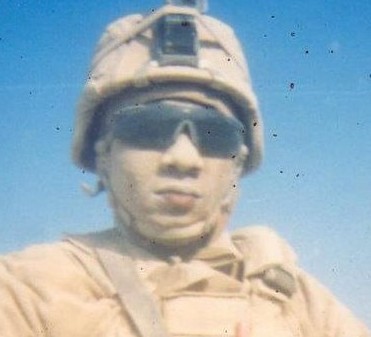By Dustin Petty
Staff writer
Billy Lucas, a freshman at Greenburg High School in Indiana, hanged himself in his grandmother’s barn after allegedly being taunted by classmates. Friends and family of the 15 year old said he was bullied because he was perceived to be gay.
Lucas was one of at least 34 American students to take their own lives in 2010 after dealing with an instance of bullying.
When Dan Savage, a syndicated advice columnist and blogger, read about Lucas’ suicide and the suicides of other young people who were bullied for being lesbian, gay, bisexual, transgender, queer (LGBTQ) or because others believed they were, he and his husband decided to take action. On September 21, 2010, they posted a video on YouTube. They told their experiences from high school, coming out and finding happiness in their adult lives. The message, he said, is simple: it gets better.
He explained his motives in sharing the message in a 2011 interview with National Public Radio.
“I believe when a 13- or 14- or 15-year old gay kid kills himself what he’s saying is that he can’t picture a future with enough joy to compensate for pain he’s in now,” he said. “And watching the suicide crisis unfold last fall, my husband and I decided we weren’t going to be shamed out of speaking to LGBT youth anymore. And the idea behind the project was for gay adults to talk to queer kids about our lives to give them hope for their futures.”
Continue reading ““It gets better” for bullied LGBTQ youth”
 By Hayley Beitman
By Hayley Beitman